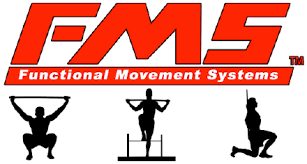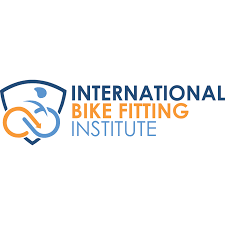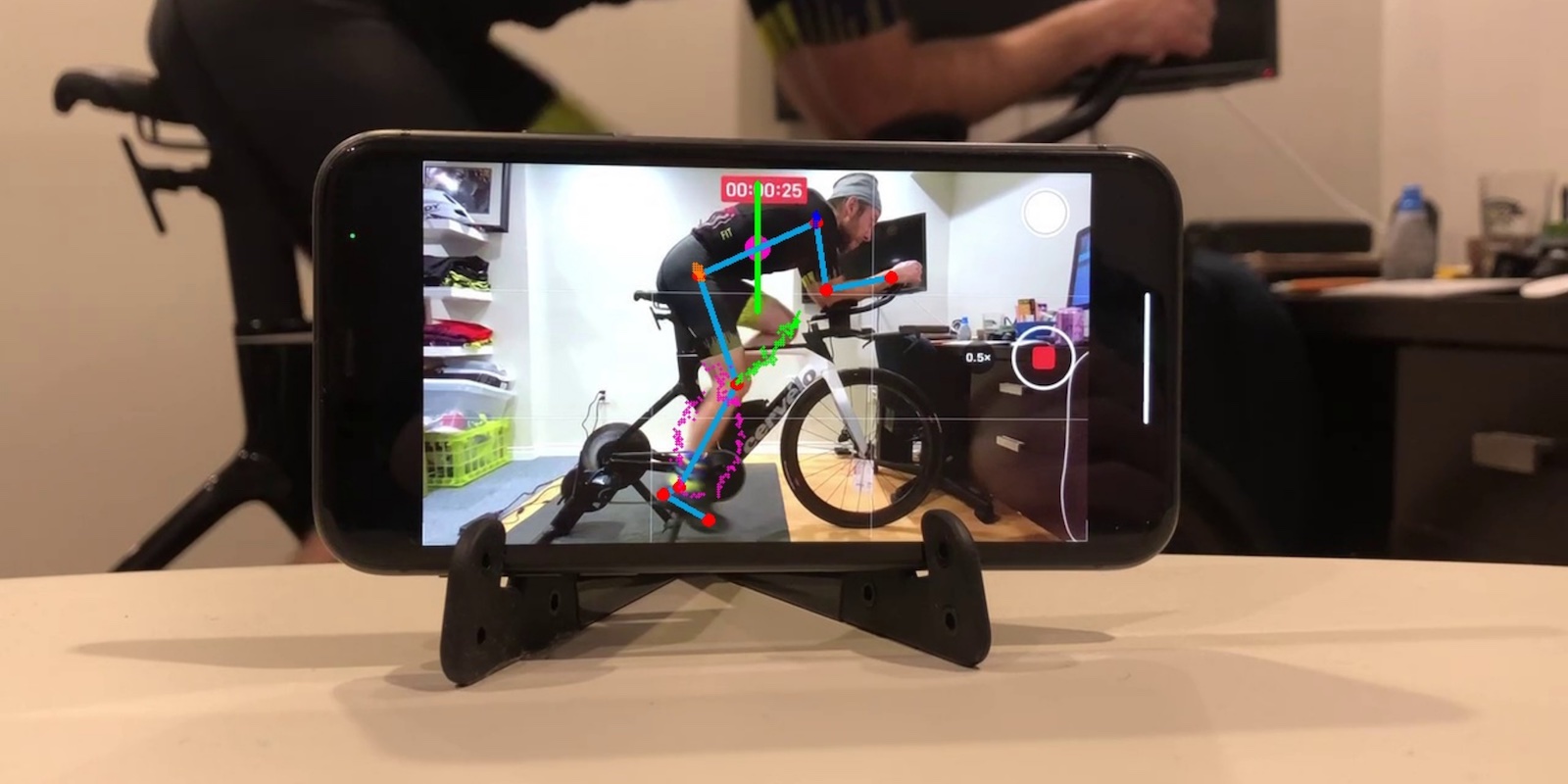When shopping for a new bike, especially if you're an avid cyclist or planning to become one, prioritizing fit over aesthetics or brand names is crucial. A bike that fits well ensures comfort, efficiency, and injury prevention, making your rides more enjoyable and sustainable. Here, we explore why a fit-first approach is paramount and delve into the complexities of integrated stem/bar combinations and the limitations of some online fitting tools.
The Importance of Fit
A well-fitting bike aligns with your body’s geometry, ensuring optimal power transfer and comfort. Imagine buying a pair of shoes without trying them on first. They might look great, but if they pinch your toes or cause blisters, you won't enjoy wearing them. The same principle applies to bikes. A poorly fitting bike can lead to discomfort, fatigue, and even injuries, diminishing your cycling experience.
Integrated Stem/Bar Combinations
Integrated stem/bar combinations are increasingly popular due to their sleek look and aerodynamic advantages. However, they add complexity to the fitting process. Unlike traditional setups where you can easily swap stems or adjust handlebars, integrated systems offer limited adjustability. This makes it even more critical to get the fit right from the start.
Considerations when dealing with integrated stem/bar combinations include:
Limited Adjustability: Once you've chosen an integrated system, making adjustments can be challenging and expensive. Ensure the initial fit is as close to perfect as possible.
Manufacturer Limitations: Not all manufacturers offer a wide range of stem lengths or spacer stacks for integrated systems. This can restrict your ability to fine-tune the fit.
Limitations of Internet-Based Fitting Tools / AI Motion capture
Phone-based bike fitting using motion capture can be problematic due to its limited accuracy and precision. The quality of the camera and sensors in smartphones often lacks the sophistication needed to capture subtle biomechanical nuances and complex movements accurately. Additionally, variations in lighting, camera angles, and the user's ability to position the phone correctly can further degrade the quality of the data captured. This can lead to an imprecise fit, which might not address individual variations in flexibility, strength, and riding style, potentially resulting in discomfort and inefficiency during rides.
While online fitting tools can provide a starting point, they often fall short of delivering a truly personalized fit. Here’s why:
Simplified Trigonometry
Most online tools use basic trigonometric calculations to estimate your ideal bike size and position. While mathematically sound, these calculations don’t account for the subtleties of human biomechanics and individual variations in flexibility, strength, and riding style.
Lack of Manufacturer-Specific Data
These tools often don’t consider the specific geometry and component limitations of different bike brands. For instance, a tool might suggest a stem length or spacer height that isn't available from the bike manufacturer. This can lead to frustration and additional costs as you try to modify your bike to achieve the suggested fit.
The Professional Bike Fitting Experience
To truly optimize your bike fit, consider a professional bike fitting session. Here's what you can expect:
1. Personalized Assessment: A bike fitter will evaluate your body’s measurements, flexibility, and riding goals. This holistic approach ensures a more accurate fit.
2. Dynamic Fitting: Unlike static online tools, a professional fitting allows for real-time adjustments. You can test different setups on the spot and feel the immediate impact on your comfort and performance.
3. Component Customization: Fitters can recommend specific components and adjustments, ensuring that everything from the stem length to saddle position is tailored to you.
Investing in a professional bike fit before purchasing a new bike can save you time, money, and discomfort in the long run. By prioritizing fit, especially when dealing with integrated stem/bar combinations, you ensure that your new bike will not only look great but also feel great to ride. Remember, a bike is only as good as its fit to the rider, making a fit-first approach the best strategy for any cyclist.
Learn More About the Fit-Lab @ Piermont Bike












Leave a comment